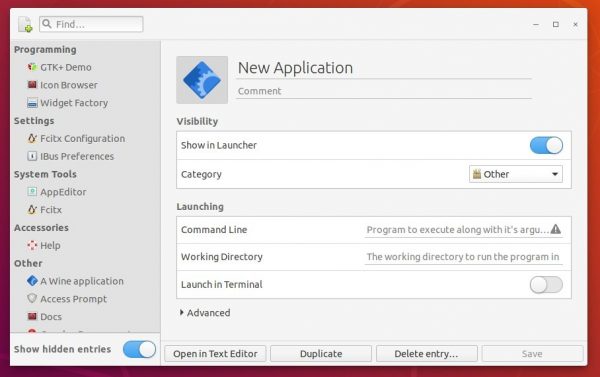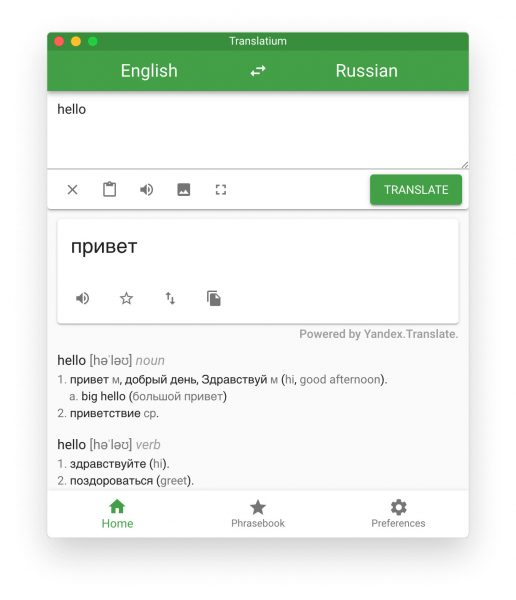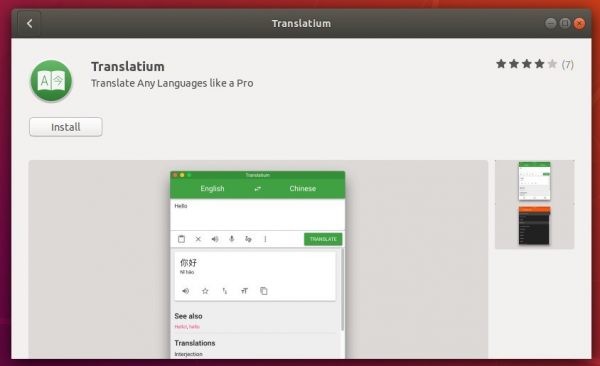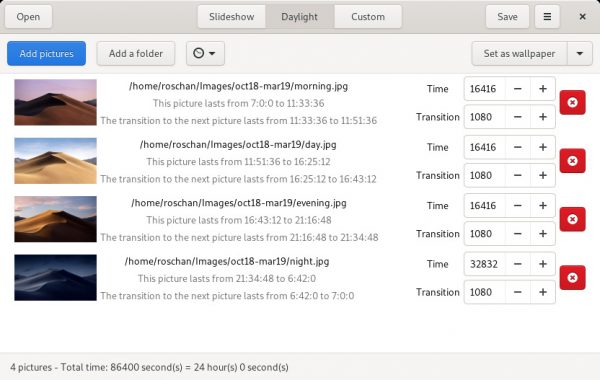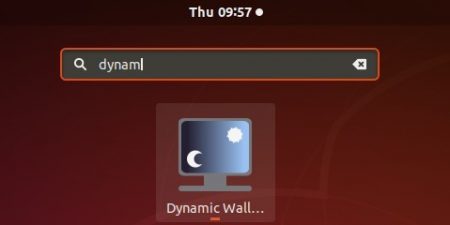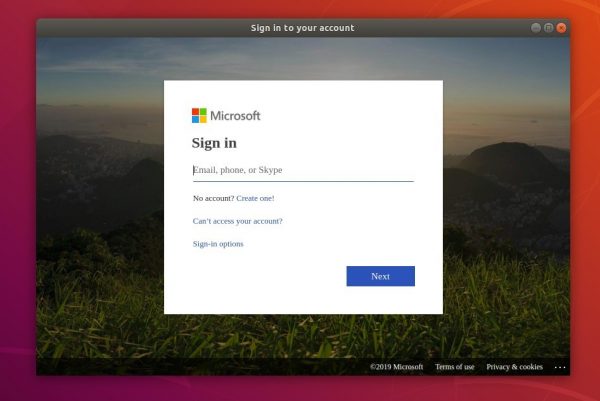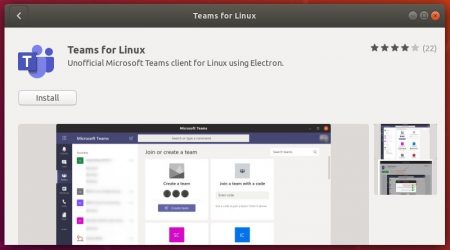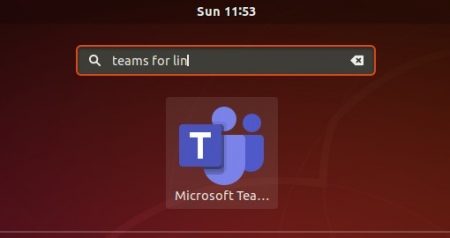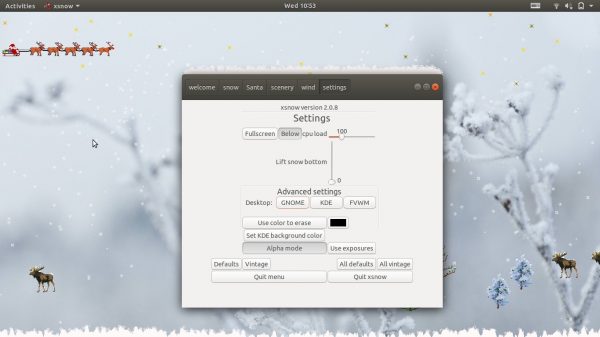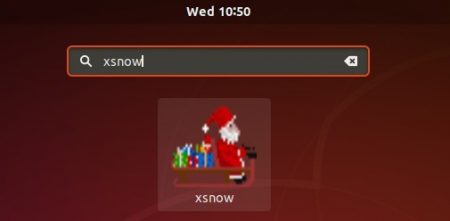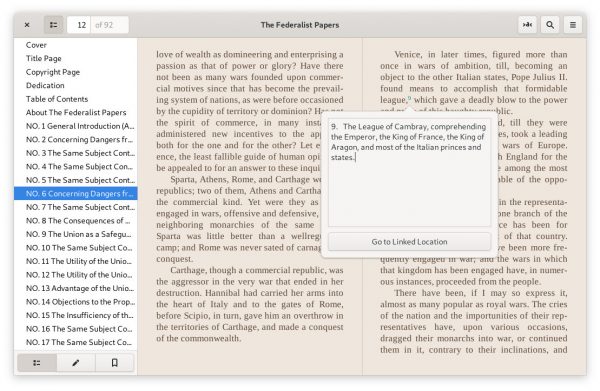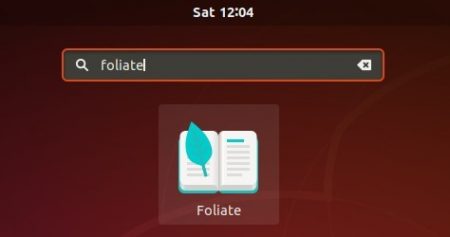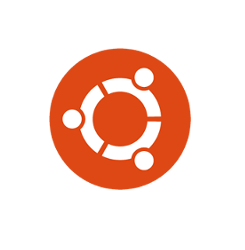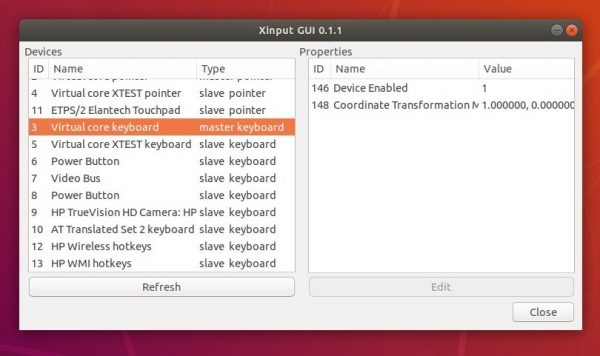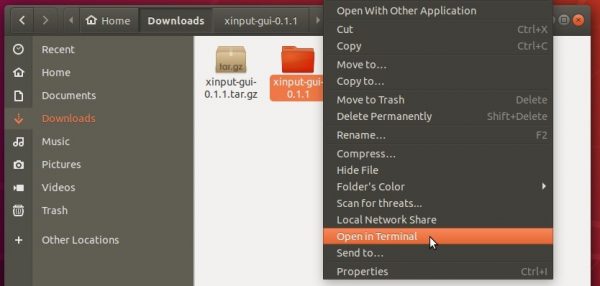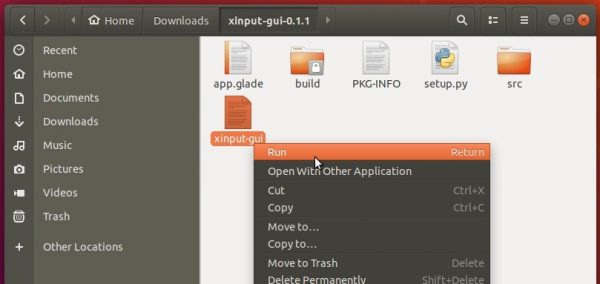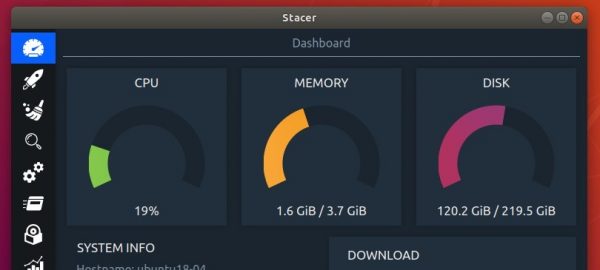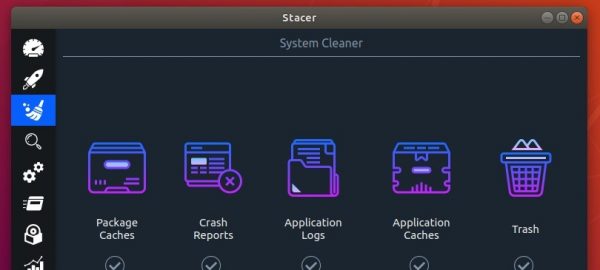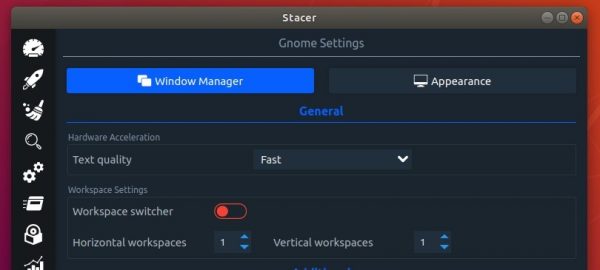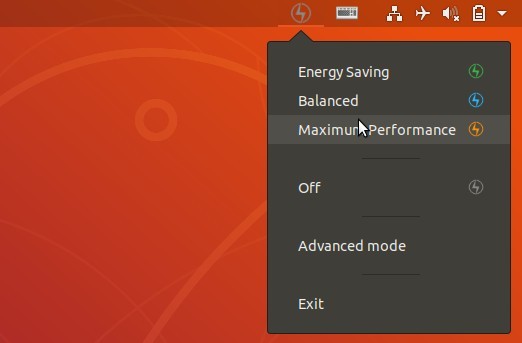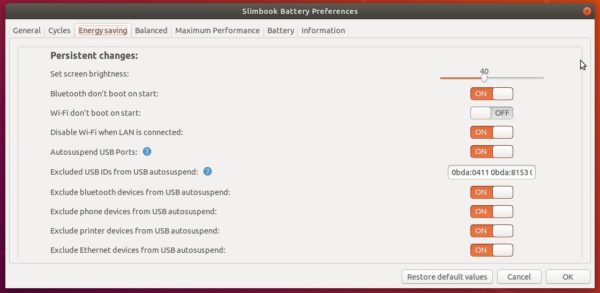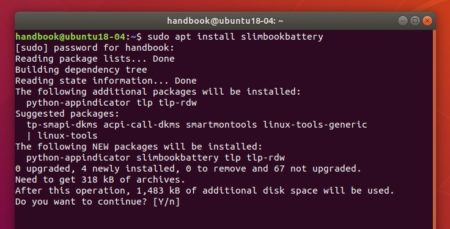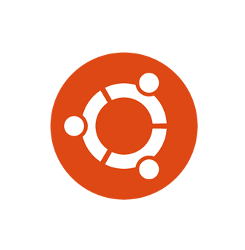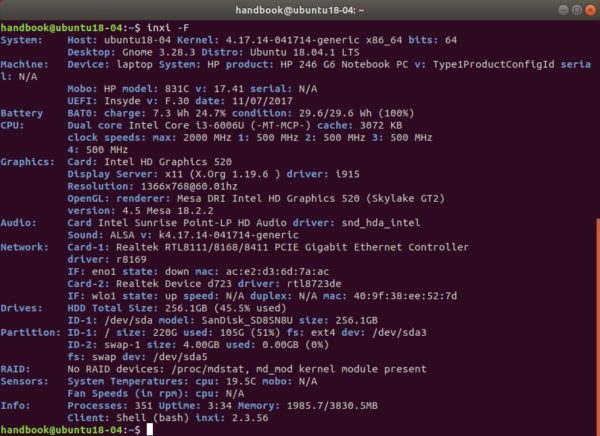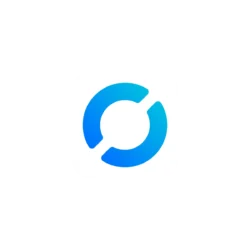![]()
AppEditor is an open-source tool allows you to edit application entries shown in application menu and their properties.
AppEditor features:
- Hide and show applications from the application menu
- Create new application entries
- Change application’s display name, icon and more
How to Install AppEditor in Ubuntu 18.04 / Higher:
UPDATE Jan, 2024: The steps below will install the Flatpak package, but it’s OLD. For the latest version, the only way is building from source.
1. Open terminal either via Ctrl+Alt+T keyboard shortcut or by searching for ‘terminal’ from application menu.
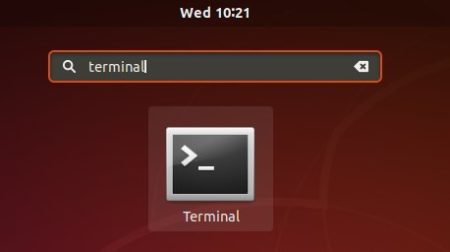
2. Paste below command and run to install flatpak framework:
sudo apt-get install flatpak

3. Add flathub repository, which hosts a large list of flatpak applications:
flatpak remote-add --if-not-exists flathub https://flathub.org/repo/flathub.flatpakrepo

4. Finally install AppEditor via command:
flatpak install flathub com.github.donadigo.appeditor
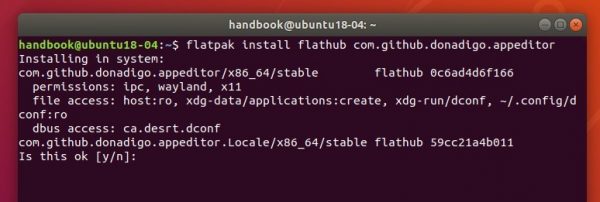
Once installed, launch the software from application menu and enjoy!
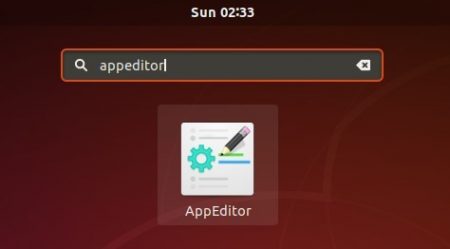
Uninstall:
To remove AppEditor flatpak package, run command in terminal:
flatpak uninstall com.github.donadigo.appeditor



